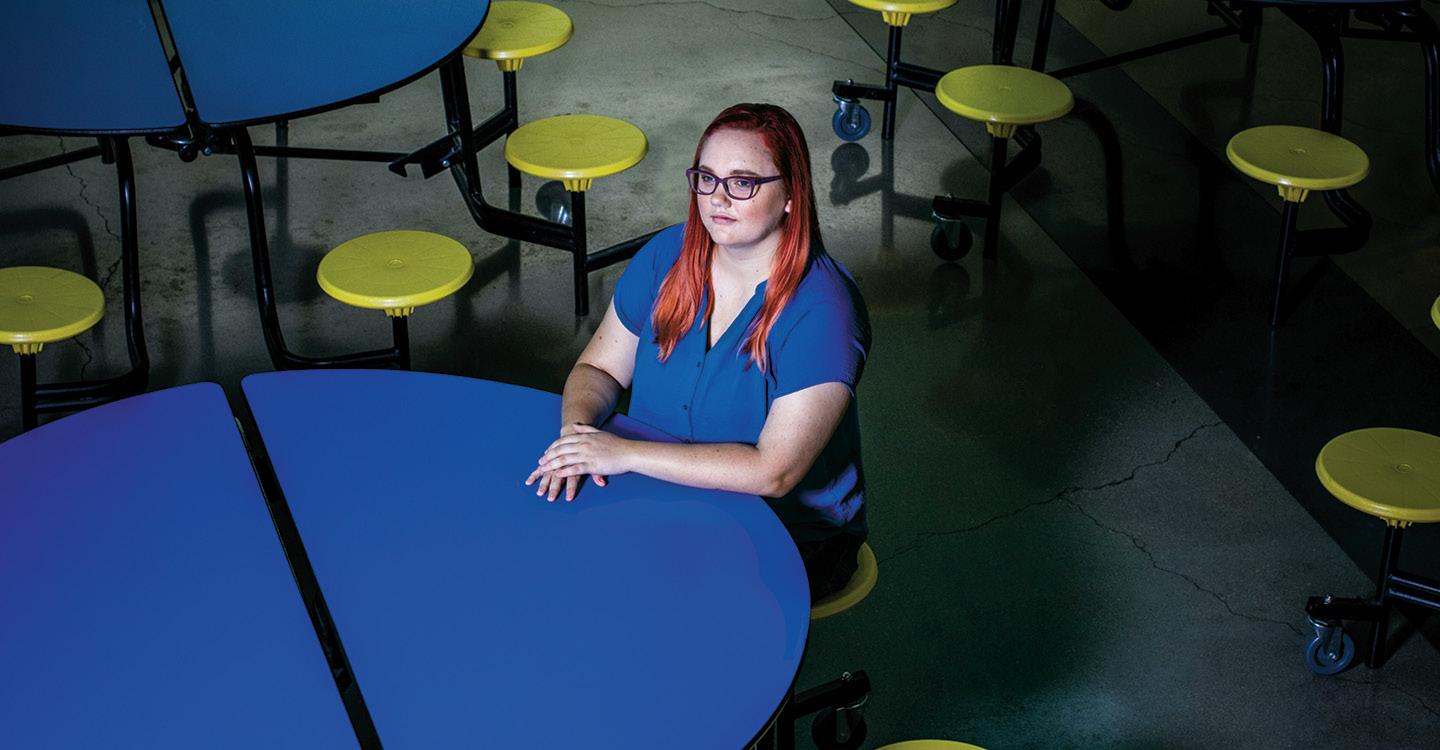When Draven Schoberg was a seventh-grader, she and her younger sister had a strategy for days when they’d come home hungry after school to a mostly empty refrigerator.
The siblings, who lived with their grandparents in Miles, Texas, would search the house—rifling through drawers and turning over couch cushions—looking for quarters.
For 50 cents, they could get two granola bars at a nearby convenience store. That small snack would usually be enough to quiet their rumbling stomachs until dinner—which was often soup or, on a good day, a casserole made of ground beef and tater tots.
During dinner, Schoberg would try to ignore how her grandparents took tiny portions of food so she and her sister could have more. Although she felt guilty, she would eat—knowing that her next meal wouldn’t be until lunch the following day.
When Draven Schoberg was a seventh-grader, she and her younger sister had a plan for days when they’d come home hungry after school to a mostly empty refrigerator.
The siblings lived with their grandparents in Miles, Texas. They would search the house looking for quarters. They would rifle through drawers and turn over couch cushions.
For 50 cents, they could get two granola bars at a nearby convenience store. That small snack would usually be enough to quiet their rumbling stomachs until dinner.
Their dinner was often soup. On a good day, they’d have a casserole made of ground beef and tater tots. Schoberg’s grandparents would take tiny portions of food so she and her sister could have more. She always tried to ignore it. Although she felt guilty, she knew that her next meal wouldn’t be until lunch the following day. So, she had no choice but to eat.

